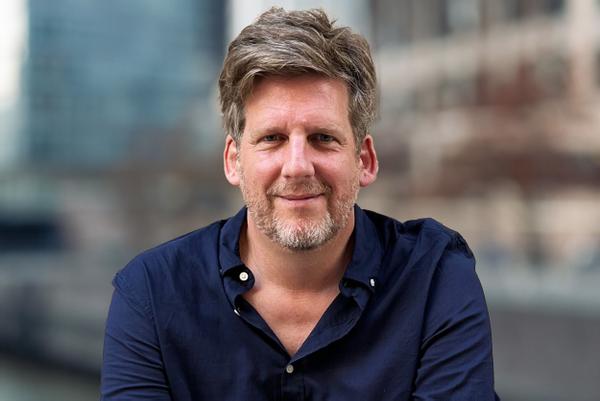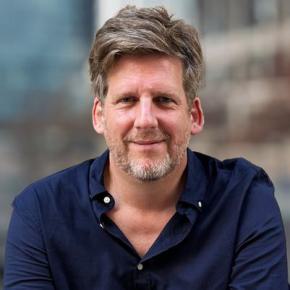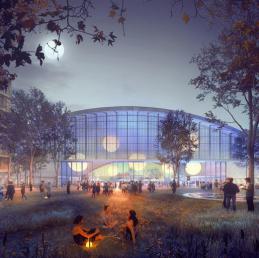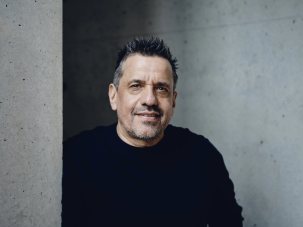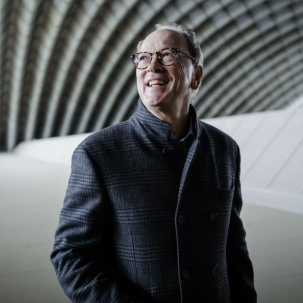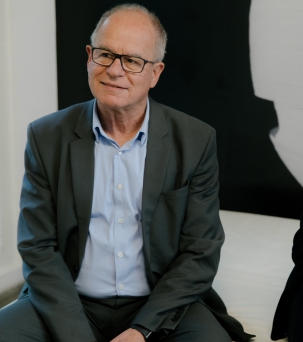Together on the hall's behalf for everyone
A new communal quarter is taking shape in Munich, driven by the city's residents. Nestled within Neuhausen, a district situated between the central rail terminal and Nymphenburg Palace, the former parcel post depot is poised to become Europe's most expansive sheltered public space, serving as the dynamic nucleus of a burgeoning urban quarter in Munich's western sector.
Once a distribution hub for Deutsche Post, this architectural landmark is now a model of adaptive reuse, showcasing how collaborative development can bring new life to historic structures while engaging both the local community and the broader city.
In the spring and summer of 2023, Munich residents participated in a six-month co-creation process to develop a usage concept, which now serves as the foundation for further planning and initial testing of different ideas for the space.
The first phase focused on gathering proposals for potential uses: What activities should take place in the hall? How should they be structured? How could they be designed? More than 1,200 ideas were submitted through online platforms and physical “participation kits”. With expert input, these ideas were assessed for feasibility through a public vote and an intensive multi-day design workshop.
The result was a well-rounded concept incorporating sports, cultural events, gastronomy, neighbourhood initiatives, and green spaces, laying the groundwork for the site’s future.
This project set new standards by embracing a bottom-up approach to urban development, proving that even large-scale planning efforts can be transparent, collaborative, and community-driven.
Close cooperation between residents, urban planners, and municipal officials ensured that public input aligned with key considerations such as heritage preservation, financial viability, and integration with the surrounding neighbourhood.
The participatory process was made possible through a strong partnership between the public sector and the private developer, the Büschl Group. The group commissioned and funded the initiative, while the City of Munich collaborated closely on its development. The process was led by urbanista, alongside Munich-based Bricks and Stories and the communications agency texbau.media.
Throughout every stage, the project engaged local residents, neighbourhood associations, libraries, schools, and other community stakeholders, fostering a sense of collective ownership.
The initiative sparked citywide enthusiasm, bringing renewed attention to the former logistics site and strengthening its emerging identity as a community hub. The diverse range of ideas also highlighted broader urban needs, with potential impact reaching far beyond the hall itself.
This project proves that large-scale public participation is not only possible but essential, provided it is structured, takes community input seriously, and genuinely invites co-creation.
With the foundation now in place, the project will enter its interim use and further planning phase in 2025. This is an important step toward turning the public’s vision into reality and establishing a one-of-a-kind covered public space at the heart of Munich’s evolving cityscape.



